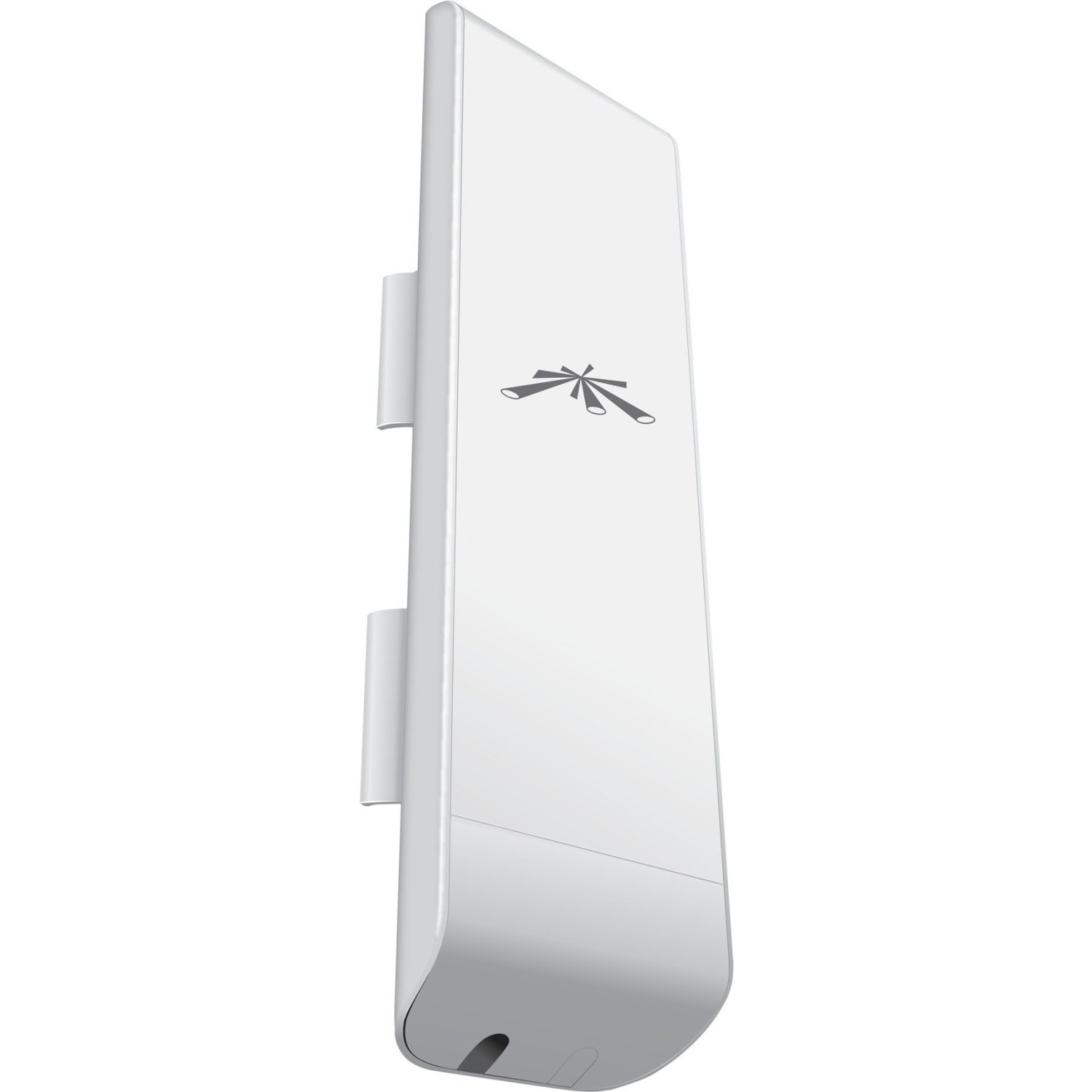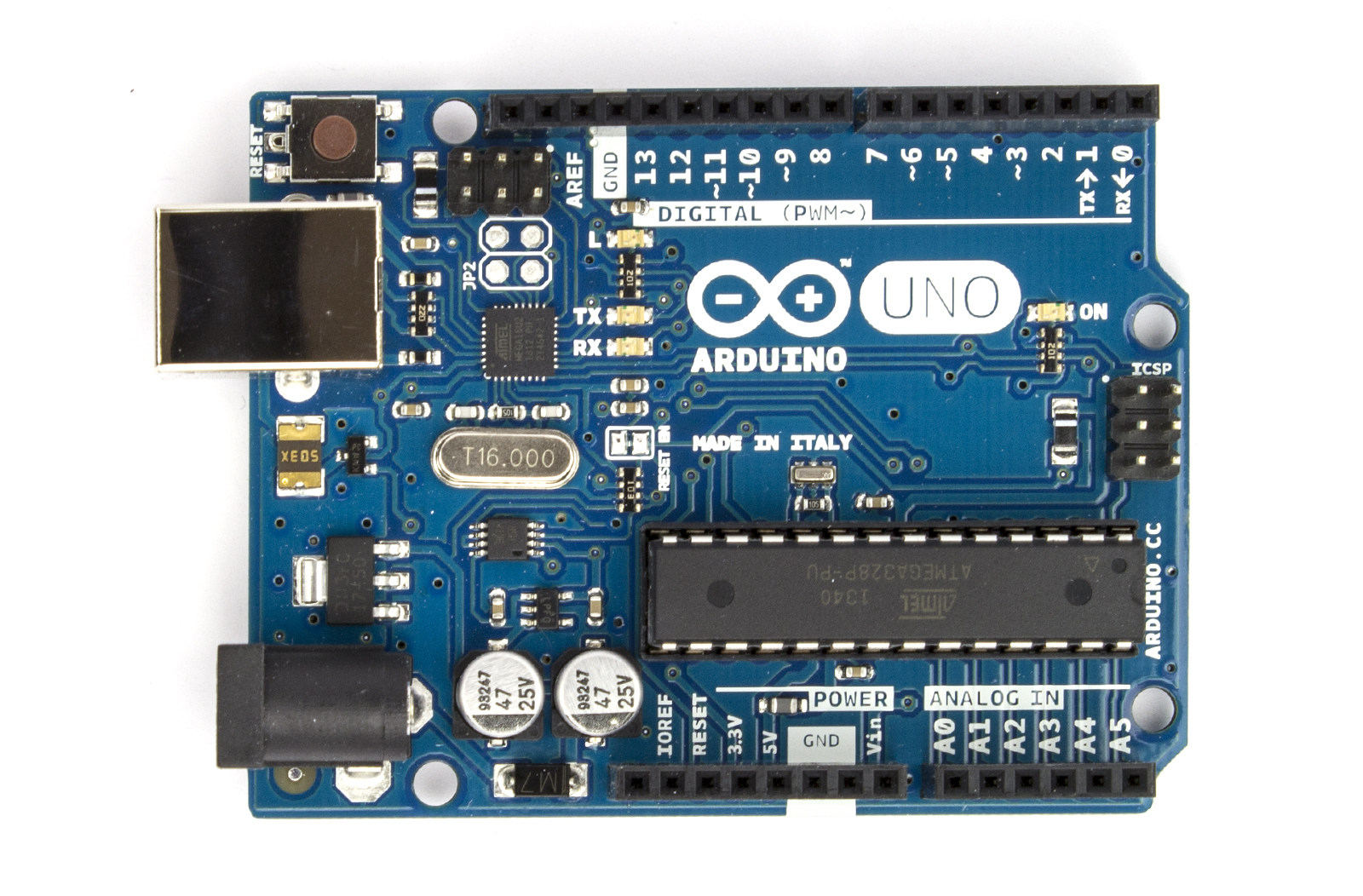 The Broadband-Hamnet mesh network is continuing to attract interest and new amateur operators. The committee of the Wellington Amateur Radio Club Inc has purchased two Ubiquiti Nanostation M2 devices
The Broadband-Hamnet mesh network is continuing to attract interest and new amateur operators. The committee of the Wellington Amateur Radio Club Inc has purchased two Ubiquiti Nanostation M2 devices
- one to be installed on Colonial Knob facing north to open up the mesh northwards to the Kapiti coast. Expansion in this direction is required to provide a path back to Wellington for a remote HF station (a QHUG project). An OM from the coast is already interested in linking up.
- the other to be used as a portable unit at monthly meetings and in testing the mesh. This will be able to be borrowed by members (talk to our equipment custodian James ZL2ET)
A special interest group (SIG) meeting on 17 September, at the Tawa Community Centre, was again well attended and included new faces. John ZL2HD, James ZL2ET and Mike ZL1AXG, all WARC committee members, talked about existing services on the mesh.
Things to check out:
- Saturday 19 September, 7.30pm – Teamspeak 3 QSO party on celestial.
- Every Saturday, 8pm – UHF National System Mesh Net
- WLG Mesh node view from James ZL2ET here.



